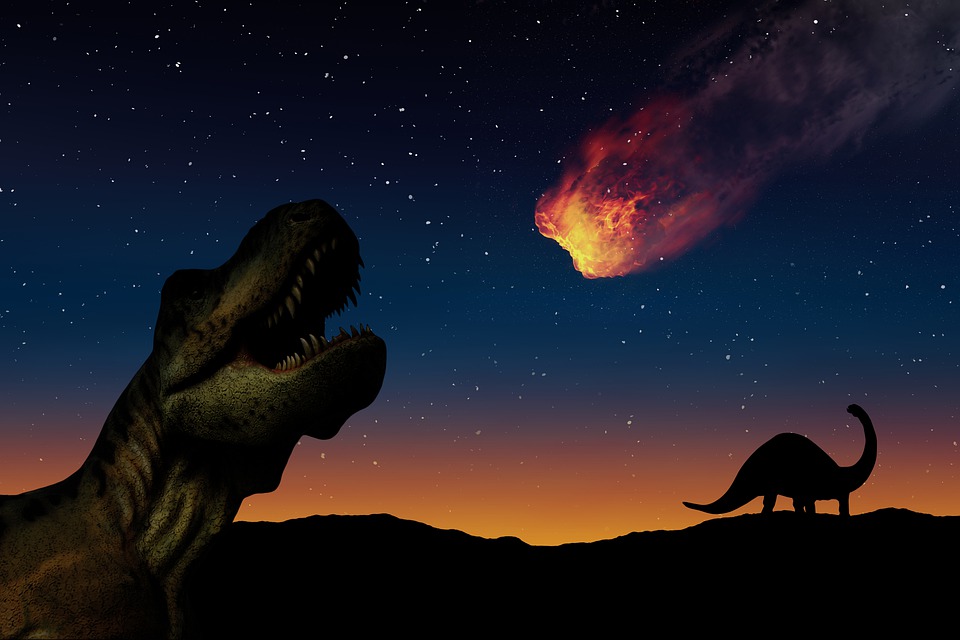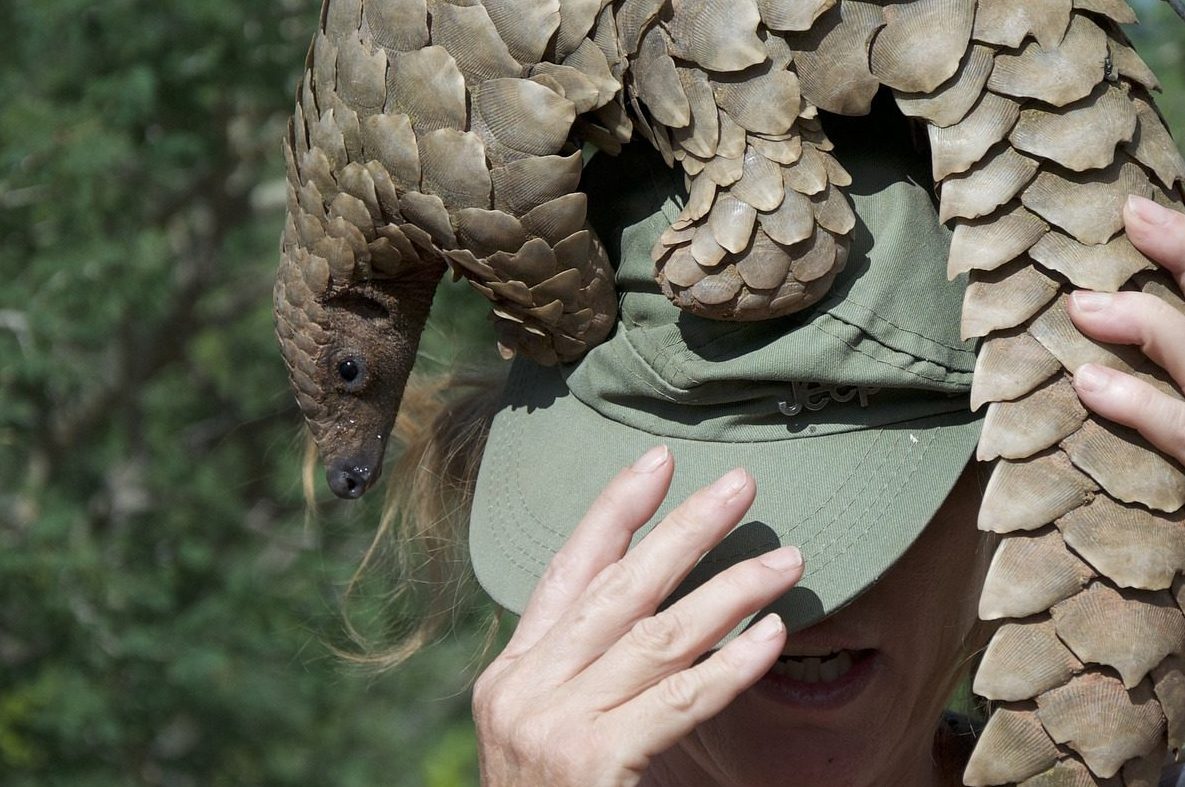|
Getting your Trinity Audio player ready...
|
Ryan Almeida talks us through recent research on extinction risk with Juan Bonachela and Julie Lockwood. Through a case study on the ground pangolin, or the Smutsia temminckii, the study uses models to consider rare species extinction risk and the rate at which overexploitation occurs.
The economics of exploitation
Overexploitation, the unsustainable harvest of species from the wild, is recognized as one of the “big five” threats currently facing global biodiversity. Given this, it’s easy to assume that the presence of commercial harvest is a death sentence for rare species.
However, this is not always the case, as the economic realities of harvest can complicate things. A primary determinant of whether trade threatens species with extinction is not just a species’ biological characteristics, but also the extent to which harvesters can make a profit off of hunting and selling that species.
For example, suppose a hunter fetches a set price for each individual of a species that they hunt and sell in a market. To make a profit, the hunter needs to keep hunting costs below the species’ market value. This can be easy when a species is highly abundant; the more common a species is, the less time and effort should be needed to encounter and capture a species.
As the hunter exploits more and more of the population, however, it can become harder to find and locate individuals, driving up the cost of harvest. As a result, so long as the market value of the species stays the same, the hunter wouldn’t want to deplete a population below a certain size, since they would start losing money.
How to hunt rare species to extinction
While this theory applies to many instances of sustainable harvest, it overlooks some key realities of the global wildlife trade. For example, the theory assumes that there’s a set market value for each hunted species. In some markets, however, the novelty or social status associated with owning or consuming rare wildlife can be highly valued, resulting in consumers being willing to pay more money for a species as it becomes progressively rarer. As a result, if sufficiently valued by consumers, rarity can make harvesting a species to extinction highly profitable. This phenomenon is known as anthropogenic Allee effect.

Even in the absence of rarity value, it is possible for hunters to mitigate the high cost of hunting rare species by relying on alternative income sources. Up until this point, we have discussed harvest as a single-species system, but it is common for hunters to exploit many species simultaneously.
This reality opens an alternative pathway to hunting species to extinction: if, instead of focusing on capturing and selling only a single rare expensive species, hunters primarily focus on hunting common less expensive species, and only hunt the rare species if it is encountered, they may be able to continually hunt the rare species at a lower cost. This strategy is often called opportunistic exploitation or piggyback extinction, presents an underappreciated and widespread threat to a variety of species.

Our study: Combining multiple drivers of overexploitation
Many exploited species, especially those sold in luxury markets and hunted in biodiverse regions, can be threatened by both anthropogenic Allee effect and opportunistic exploitation. However, how these mechanisms act in tandem to affect extinction risk is not well understood.
In our study, we explored the interaction between these two threats by developing a simple model that incorporates both the market dynamics of high rarity value and a hunter’s ability to hunt and sell multiple species to determine the extinction risk of a rare species subject to trade. We focused on ground pangolin (Smutsia temminckii) harvest as a case study.
Pangolins, scale-clad anteaters found in Asia and Africa, are among the most highly exploited mammals in the world, and are hunted for use in traditional medicine, bushmeat, and fashion. The high demand for pangolins and dwindling wild populations have caused selling prices to skyrocket in local and international markets, suggesting the presence of an anthropogenic Allee effect.

Conclusions
In analyzing our model, we were able to determine that when combined, the dual pressures of rarity value and opportunistic exploitation can interact to 1) accelerate the rate of pangolin overexploitation and 2) significantly increase extinction risk when compared to either of these factors alone.
These results suggest that under certain economic and ecological conditions, we may be underestimating the threat that exploitation can pose to rare and/or valuable species. Our study highlights the importance of considering the multiple drivers of overexploitation holistically when assessing whether commercial trade poses a threat to wild populations.
Read the full Open Access article, “Multiple co-occurring bioeconomic drivers of overexploitation can accelerate rare species extinction risk“ in Journal of Applied Ecology


